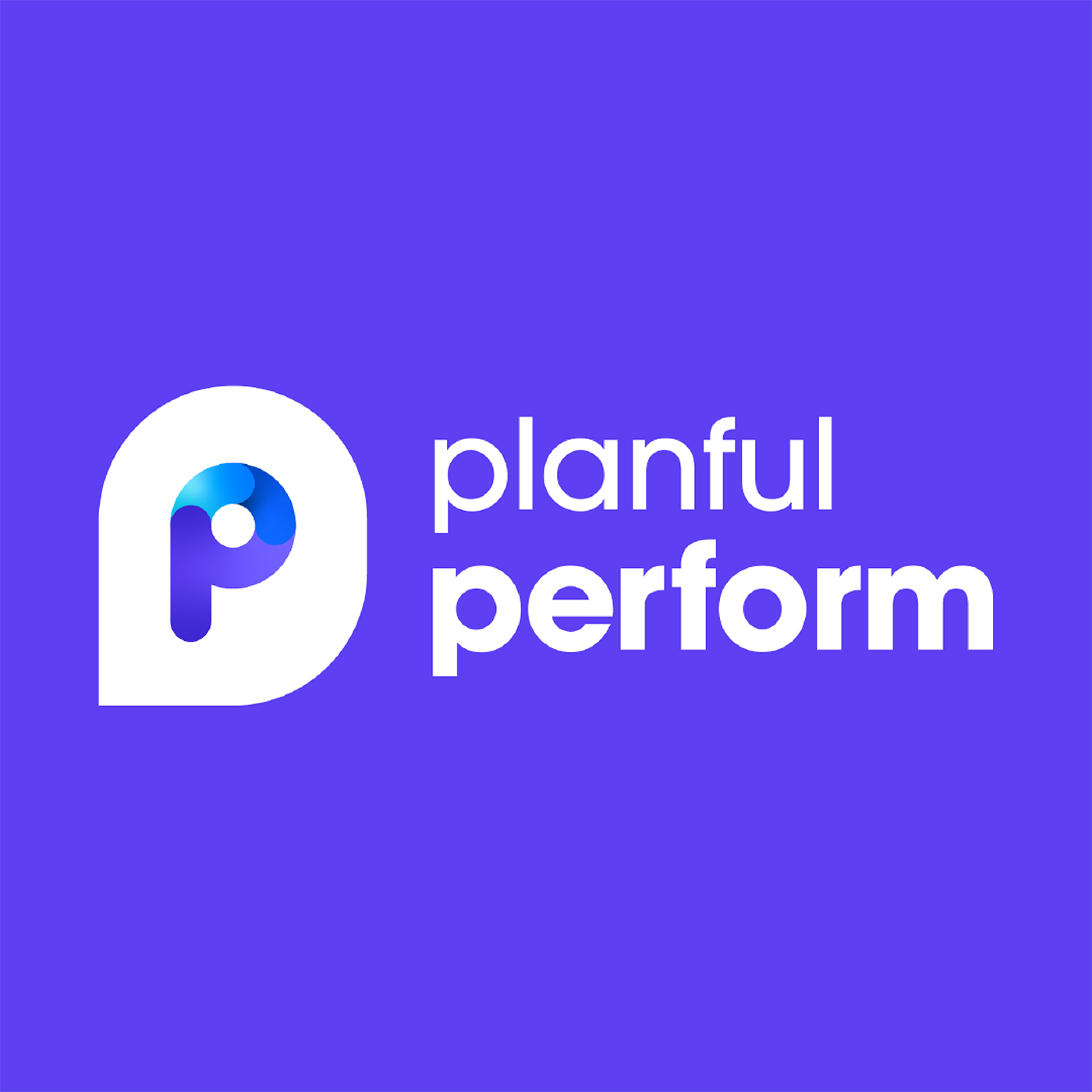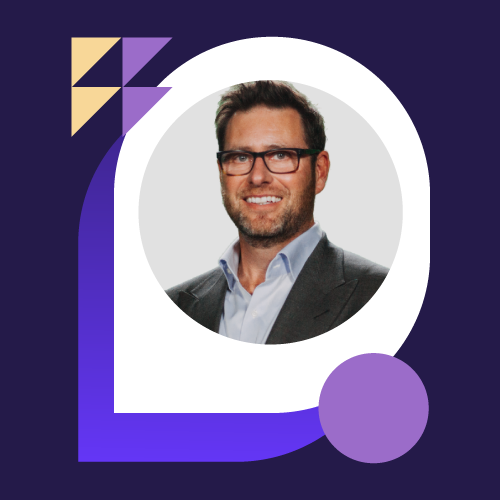Riding Our Workforce Strategy Across the Globe with Barbara Schroeck & Shawn Ivey
- 0.5
- 1
- 1.25
- 1.5
- 1.75
- 2
Barbara: Hi everyone, thanks for joining us today. My name is Barbara Schroeck. I'm finance manager with Specialized Bicycle Components. I'm nearing my one decade anniversary with Specialized, and I was on the Planful Host Analytics at the time, implementation team about four or five years ago. My team currently administers and consolidates budgeting, forecasting and management reporting across five worldwide regions within Planful. Shawn?
Shawn: Hi, I'm Shawn. I'm our internal Planful expert and administer of our finance systems. And I'm great at deeply understanding software and configuring it to align with our business needs. In my free time, I enjoy video games, board games, and cycling.
Barbara: Of course. So we'll start off with a brief introduction to Specialized. Specialized was founded in 1974 in Morgan Hill, California. We design, manufacture, and market bicycles and related cycling accessories. This is a fun picture of our headquarters in Morgan Hill. This was a ride that we did pre- pandemic. It's our annual Santa ride that we do each year through the town of Morgan Hill. So what kind of bikes do we make? We make all kinds of bikes. This is two photos of our high performance bikes. On the right, we have a photo of a Dutch women's cycling team called SD Worx. We sponsor this team out of the Netherlands. And on the left, we have a photo of Mark Cavendish. Not sure how many of you may have followed the Tour de France this year. While Mark did not win the tour, he did win four individual stages. And in doing so, he tied the record for the most all- time stage wins by an individual with 34 wins. And he did so riding an S- Works Tarmac SL7 and many specialized accessories, as you can see the helmet, the gloves and the shoes. But like I said, we make all kinds of bikes for all kinds of riders. So you can see here, we make kids bikes, bikes just for sport, and commute, and just for fun. So pandemic has actually brought about a cycling boom. We have riders from every corner of the globe seeking safe, physical exercise, whether it be for fun, it's just a cool activity to do outside with family and friends, for commuting, people don't want to get on buses and trains anymore, or for exercise. People are sort of hesitant to it to get back into gyms. So all of this has fueled unprecedented demand in our industry, especially for our products and services. And so we call this the golden age of the bicycle. And we in finance needed to act immediately to determine how we could help lead through this transformative time and better support the business as it scales to meet this huge demand. So a little bit more about our company. We are truly a worldwide company. We have over 1800 teammates across the globe. You can find our products in over 100 countries and we operate in about 25 different currencies within Planful. Our focus today will be on our European region, which represents about 25% of our workforce, or 450 people. So a little bit about our agenda today. First, we'll start with the business case, then I'll pass it off to Shawn. He'll go over our workforce planning setup, importing data to workforce planning, templates and exporting data, security, and then we'll wrap up with our closing summary. Having a little bit of trouble with the clicker here. There we go. Our business case. So what's our challenge? Our challenge was to implement workforce planning in Europe as part of our broader overall journey to continue our journey with Planful. In doing so, we can streamline and improve our planning processes and be able to reallocate finance resources to better support the growing business during the cycling boom. So we'll start with a quote here from Doug Conant, formal Campbell CEO." To win the marketplace, you must first win the workplace. It starts with rethinking the way you plan for people." People are, at least at Specialized, one of our most valuable assets and planning correctly allows you to execute on your long term strategies and set up your business for success. So a little bit about our implementation journey. Our original goal of implementation was we were looking for a cloud- based single platform solution to be our source of truth for standardized data and worldwide financial reporting, as well as our worldwide planning tool. So we implemented in December of 2017. We did a full scope worldwide implementation of consolidation, structured and dynamic planning and reporting. We did a limited workforce planning implementation at the time. With people being the backbone of our company, we wanted to make sure that we got workforce planning right, so we decided to do a phased approach. We started with just the USA, which is about 700 teammates. And in the years of 2018 through 2020, we gradually added other countries to workforce planning, including countries where we had a corporate presence. That included Taiwan, Vietnam, China, and then within Europe, Germany and Switzerland. We wanted the rest of Europe to implement, but they weren't anxious to do so due to complexities, such as various country payroll regulations, and complex calculations, multiple currencies and converting those currencies and just general concerns over security and confidentiality. So during our last budget cycle, our Europe FP& A team was in the process of their manual entry of offline spreadsheet payroll directly into our operating expense template in Planful. And they saw that all of the salary data for corporate teammates in Germany and Switzerland was already there. So they asked how this happened. And we explained to them that we had already worked with the teams in Germany and Switzerland to preload the data into workforce planning. After the rigorous process that they had just been through with their offline head count planning and loading the summary data to the expense templates, they were more than anxious to get workforce planning implemented for our next planning cycle in 2021. So let's talk a little bit about their previous planning cycle as described to us by the European FP&A team. We have a lot of countries in Europe and we group them by language for planning purposes. So we have about 20 different countries that we do business in. The first step of their process was to gather data from the approximate 10 language markets. They would then scrub the data for inconsistencies and to standardize. They would consolidate it into one master spreadsheet, build in complex calculations, things that included various compensation items per country and currency conversions to both euros and US dollars, and then they would build in the security. They would then take that master spreadsheet, split it back out into 10 spreadsheets and send it back to the markets for updates. When they received the updates, they would scrub the data again and reconsolidate into the master spreadsheet. And then at the end, they would enter only the summary level data into Planful. And then the last step, of course, they would do this whole process all over again for every planning cycle that we had. Might sound similar to some of you the way you currently plan as well. Clearly time for a change. An inefficient process. FP& A team across Europe region probably spent over one and a half months on this process for every planning cycle that we did. Again, there were data irregularities and inconsistencies and the markets were unable to make dynamic changes. And for us in corporate, we didn't have any visibility into their detailed planning. We just saw the summary data. So again, clearly time for a change. And at this point, Europe was all in from moving the process to workforce planning. So I'll pass it off to Shawn now to talk about our next steps.
Shawn: All right, I'm going to be going over the workforce planning setup and the data, which is my favorite part. So at Specialized, we operate in 23 currencies over 29 countries and we have 62 employee types and employee types are just a way to group employees by benefits and payroll taxes and other things. And then we have 64 compensation items, which are kind of like calculations in workforce planning. And we have 25 workforce attributes, which are like fields you can set up in workforce planning. And we have about 2000 employees worldwide. And that's including also new hires that we've planned in our most recent budget cycle. So planning your infrastructure for workforce planning. First thing you want to do is meet with your stakeholders and gather requirements. And for us, that was gathering with a group of four people who were involved in implementing workforce planning for Europe. And once the implementation was complete, we made the lives of about 30 department owners much easier. So now they're able to plan a lot faster and without errors, which is important. So as I said, employee types, just allow you to group employees into the same payment plans, benefits, and payroll taxes and bonus plan structures. And for Specialized, that means about two or three employee types per country. And we put those into full- time, part- time, and contingent workers. Each country should have benefits like payroll tax, vacation allowance, and insurance, and those can get complicated by country. So having it at set up in workforce planning makes life lot easier. And for each country, they can have like a separate rule or calculation, and these rules or calculations, they can nested within each other, or they can reference each other to make complex calculations within workforce planning. So testing and validating data. Your workforce planning setup should first be created in the sandbox environment. And you can work with your Planful rep to help set that up or submit a ticket. And then you can create data load rules for data integration and test if they work in this environment without affecting your production data. If you hadn't taken workforce planning training course from Planful, you should take it. It's only about 30 minutes. So it's pretty quick. And after that's complete, you should visit workforce planning documentation and read up on that to get yourself more familiar with it. And once you understand how workforce planning works, you can start a trial and error process to tune the software to your business needs. And you would do that within the sandbox environment. If you're still having trouble after attempting to solve your business problem, you can always bring in an expert from Planful to help out. Experimentation with how you'd like to set up employees types and compensation items is important for workforce planning, and you need to iterate through the versions of their setup to improve it without risk. Stakeholders should be involved in this process in testing the calculations on employees and seeing if their data shows up the way they expect within the templates and reporting. We met on a weekly basis with Europe to gather requirements for myself to work on throughout the week. And once you understand the business need, you can work on implementing it. For Specialized, the process of testing and implementing in Europe took about two months. So importing data into workforce planning. I'll be going over how we moved our data from Workday into Planful. Chances are, you have data somewhere else, not inside Planful, that you want to import into Planful. It might be an HR system, Excel or elsewhere. You'll utilize that data. You first want to find out is which fields from existing data are actually necessary. You want to make sure not to overcomplicate your workforce planning setup by adding too many fields in Planful. One example of a field that we found useful to automate our building shared service center allocations is the location field. So each employee a would have the location that their office is at. And we would pull that from Workday and we could split the expenses for each office by how many employees are in each office. So it helped us automate something that would be manual before. So deciding how often you're going to update your data is also important. Maybe it's once or twice a year during an annual budget cycle, or maybe it's once a month, or you can even do it once a day if you get it to that level. You should be spending more effort towards automating it the more that you're moving the data into Planful. So the users in your source data system or spreadsheet should update data and validate it before you start a new integration. This will prevent validation issues that are in your data down the line, which can be a lot more difficult to solve within Planful. All right, setting up integration. So once you've set up workforce planning in Planful, based on business requirements and your source data, you can start the integration. So you want to create a process to map the data from your source system to Planful, into the Planful employee types, budget entities, and workforce attributes within Planful. So once you have your data and your process defined, you can create a program, a process like Tableau Prep, Excel, or other ETL tool to automate that data cleansing process and the mapping process. So the purpose of cleaning your data is to shape it into a format that Planful will accept. And in our case, I used Tableau Prep because our IT resources were constrained. For example, I set up Logic for employees and company to 20 and full- time, and Workday to be full- time employee type in workforce planning. You can see that kind of calculation that I did in the bottom right picture there. And after semi- automated or automated integration is set up, it's important to keep your source data updated and clean. So loading data from other sources will take a lot of a significant amount of time, but once you get it set up, it'll be a lot faster. So to explore options with integrations, you can also reference your customer success manager. All right, templates and exporting data. So in the new workforce planning UI, you can navigate between the scenarios and budget N/ As without exiting the template. It's a huge time saver. And the new card view is available in addition to the traditional roster view, the table view. So you can choose between which one you like better. So you can search through employees instead of manually scrolling through the roster, and it's a massive improvement to be able to select multiple budget entities at once in the new workforce planning UI. That's one of my new favorite features that they have. And whenever you're editing an employee, it pops up in a separate screen. There's a button to save and process. Before, it would only be a save button and a process button separately. So this is a time saver. Might seem simple, but it helps. Processing employees right away is great because people would previously forget to process their employees. So exporting data from workforce planning. In the roster view, you can use a workforce planning template. You can arrange the order of columns. You can remove columns, you can add workforce planning columns including custom workforce attributes, like in our case, the location field, and you can export the selected departments or all departments' data. So you can export however you would like, and you can export that data via expert employee data, workforce reporting, or directly from the template. And you can see things like salary bonus and payroll taxes. Security. So the best practices for securing sensitive salary data. So approval rules. You can set up to do read only, edit, or no access. And you can create that and assign that by user. And you could apply these rules to your budget entities at the lowest level, or the roll up level to apply to multiple budget entities at once. And you can set up approval rules and export them and re- upload them to make mass changes. So you can export them from Planful and make your changes on a mass level. So that helps businesses that are growing quickly or large businesses manage security at scale. So typically only managers have access to workforce planning, and we allow finance employees to see salaries within only their country or market. And so that's easy to set up in Planful. When someone needs a Planful account, we have an internal process where we ask which departments they need to access for. And then we have it approved by their manager or finance manager. And the workforce planning security should be audited at least once a year to keep it up to date so there's no security breaches. We set up a business partner attribute on our cost center hierarchy, which we use to join with the setup to split the work of workforce planning security maintenance. So we would give the business partners a responsibility of also maintaining that security once a year as an audit process. So we haven't noted any security issues with workforce planning. And so the system just does the job well if the people administering the system do their job well. And with that, I'll hand it over back to Barbara.
Barbara: Thank you, Shawn. So clearly, Shawn was the technical brains for us behind this project and was the person largely responsible for the success of the project. So just a summary of our before and after visual. You can just see that the before side was a lot of steps. And again, we had to redo those same steps every time we did a planning process. Just a very inefficient process. But if you look at the after side, four simple steps. So update our source system, which is Workday, as we go. Export and load the data from Workday into Planful for whenever we want to do a planning process. And then edit and validate the data in Planful, and make mass updates within Planful. So, simple process. We have no more spreadsheets, no more complex calculations that have to be redesigned every time we do a planning process, no more converting currencies, manual conversion of currencies. And for me, the biggest benefit of all which is transparency. So our closing summary. What values were gained? I think that we in corporate FP&A as well as the FP&A team in the business, we recognized an opportunity to use existing technology within Planful to improve our process. And in doing so, we were able to reallocate our FP&A resources to more valuable activities in support of the business. As I just mentioned, we have much more transparency and visibility, not only for us in corporate, but for in the markets as well. We now have consistent and standardized data across the European region. And it brings us one step closer to our goal of a single source of detailed, standardized data for worldwide reporting. So a last thought to just leave you with. This was sort of the light bulb moment for our European team and hopefully can be for you as well. Let the tool do the work for you.
DESCRIPTION
When Specialized Bicycle Components raced to expand their headcount planning process across their 1,800-strong global workforce, they faced a few bumps in the road. But it wasn’t just the cross-border currencies, languages, and regulations that slowed their pace, it was the multiple systems, lack of company-wide visibility, and varying employee agreements that muddied their track. Learn how Specialized powered through by putting data first, taking a phased approach, and letting everything ride on Planful for Workforce Planning.
Today's Guests

Barbara Schroeck







